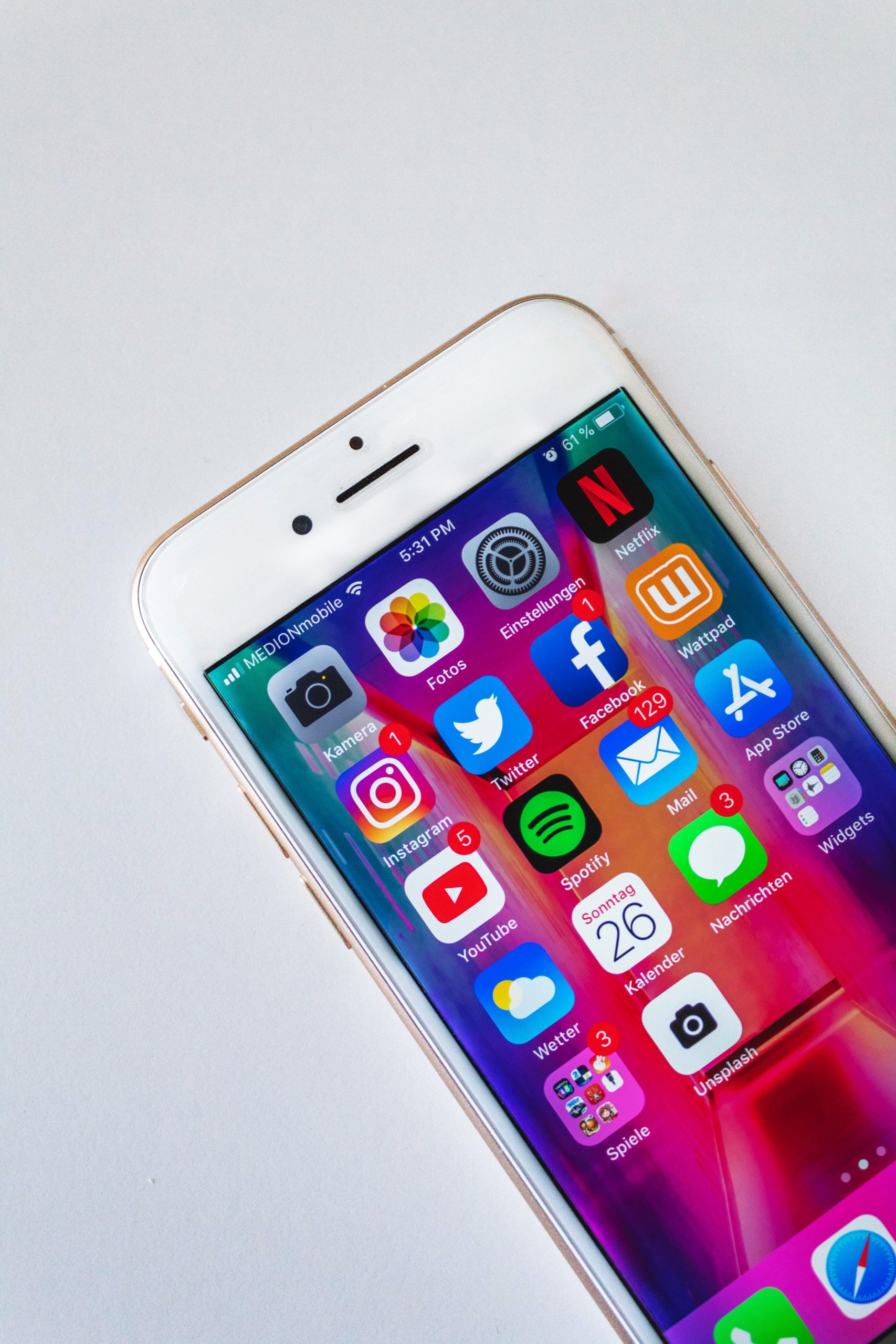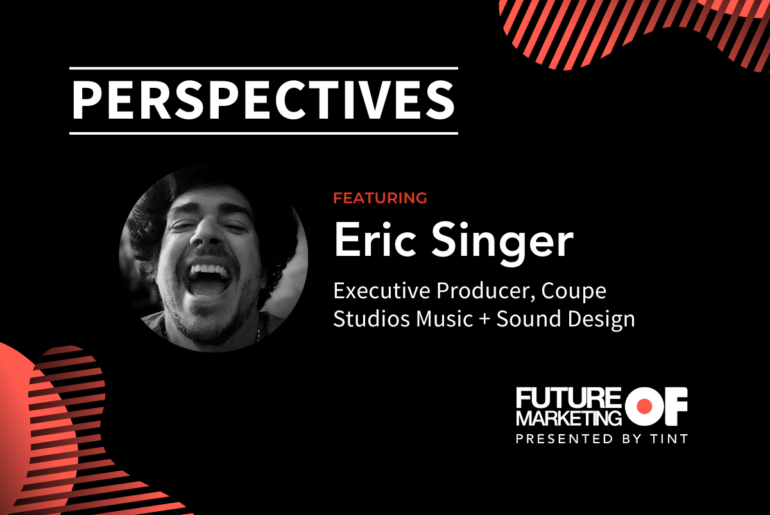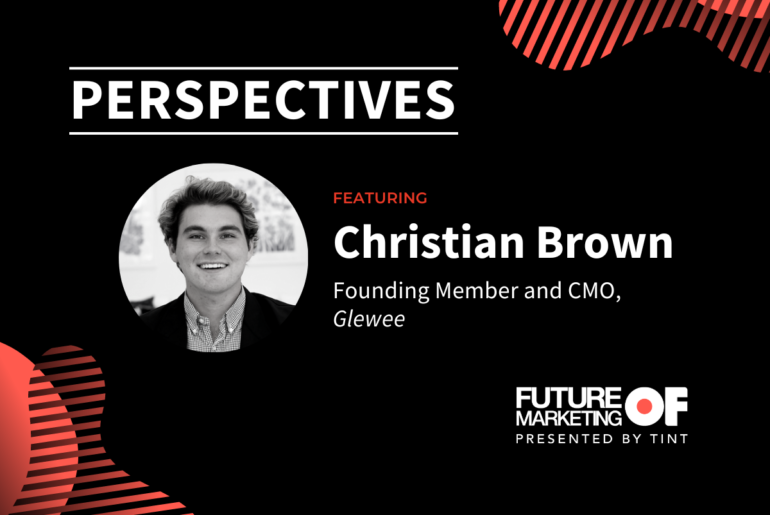Garrett Heath is a social media and content marketing consultant and founder of MarketingBytes.io.
Between the pitches and proposals, paid placements and performance decks, today’s digital marketer’s cup overfloweth, often leaving little time to properly research new platforms or ad spends. These days, though, with marketing departments devoting almost 12% of their budgets to social media , making the right choice is key. So, how to choose? The following guide breaks it down.
First, the Ground Rules: We’re Talking Paid Social Marketing Efforts
This article is primarily concerned with social marketing efforts backed by a budget—those advertisements that show up as “sponsored content” or “promoted posts” on social networks. The reason for this is quite clear: many organic social media efforts (i.e., simply posting updates to your social feed without advertising dollars to boost them) are going largely unnoticed.
This discovery dates back to a white paper by Marshall Manson from the renowned agency Ogilvy called “Facebook Zero: Considering Life After the Demise of Organic Reach.” In this landmark report, Manson shows that the organic reach on page posts plummeted on Facebook from 2012 to 2014, dropping from 12% of fans seeing a post to just 6%. With that in mind, let’s take a deep dive into some of the more popular social networks and strategies for employing paid advertisement on each of them.
LinkedIn: The Professional B2B Audience
If you’re into B2B marketing and can only choose one network to spend money on, LinkedIn is your best bet. This is the professional network and users self-report important demographic information, such as title, profession and company. Marketers can rapidly create a campaign targeting professionals with particular traits that align with their product or service—very little is left to the imagination when targeting personas on LinkedIn.
Furthermore, the LinkedIn advertising platform has been evolving. A push for users to adopt hashtags in their status posts in early 2019 enabled LinkedIn to offer a new array of interest targeting for advertisers—now you have the ability to target not only on members’ profiles, but also on the things that are relevant to them. Furthermore, at the end of Q1 2019, LinkedIn distilled all that interest targeting and rolled out audience templates, so social marketers can quickly and easily identify a cohort of users, such as “marketing professionals.” At the same time, so-called lookalike audiences help match users who are similar to a company’s current customers.
But the biggest tool in the LinkedIn arsenal for delivering messages to high-quality targets is sponsored InMail campaigns. These personalized messages show up in a user’s LinkedIn mailbox and are delivered only when the person is online, helping boost the odds that the collateral is actually seen.
As you can imagine, LinkedIn has a high cost-per-click (CPC) rate, especially as you zero in on specific audiences, but that expense is tempered by the quality of the audience. This is why LinkedIn is such a sweet spot for B2B marketers with premium products or services: they’re more likely to have the fortitude to handle such high advertising costs.
Facebook: 2+ Billion People Can’t Be Wrong—B2B on a Budget and B2C for Older Demographics
But what if you’re a B2B marketer on a budget and don’t have the luxury to pay out the high CPC rates of LinkedIn? I’d advise you not to turn your nose up at Facebook. Upon suggesting Facebook as a viable channel for B2B messaging, I always receive the following from marketers: “Is a high-level exec even on Facebook consistently? And if they are, are they even interested in looking at my enterprise-grade software or service?”
In short, yes on both counts.
With almost 2.5 billion monthly active users (MAU), seasoned professionals who are not on Facebook are few and far between. Yes, that high-profile executive is there for the memes and baby photos like the rest of us. And similar to LinkedIn, it has a ton of demographic information—including employment data such as company and title—that’s available for targeting. Given that Facebook is more personal than professional, the data may not be as refined as that on LinkedIn, but it’s available at a better CPC.
And while your target consumers may not be actively shopping for your particular product or service in the moment, B2B marketers have the opportunity to start the conversation by piquing interest and trading high-quality gated pieces of content for consumer information (email address/contact info) that can be nurtured at a later time. Both the breadth of the social network and the targeting capabilities make Facebook a solid option for cost-conscious B2B marketers.
Similarly, paid social media advertising can yield results for B2C marketers whose target audience is older millennials and above, as this is the platform of choice for those age groups (Pew Research Center, 2019). Facebook advertisements are particularly geared for e-commerce companies—they can upload their product catalog, retarget previous visitors and even have a pretty seamless “in-Facebook” checkout.
A word of caution on two fronts: First, in my personal B2C ecommerce business, I have seen my Facebook return on advertising spend (ROAS) decrease by almost a third year-over-year. This is a direct consequence of a trend that CMO Survey has reported on—as more traditional dollars get moved to paid social media (and consequently the leader of the pack, Facebook), the bidding for ads is getting more competitive.
Second, in the wake of data breaches and scandals, Facebook is removing many of its targeting capabilities. In the summer of 2019, the social network giant said that it would remove thousands of interest targets in the coming year—many of them have been valuable to me, including particular employers and festivals.
Instagram: A Younger, Visual-Driven B2C Audience
Technically part of the Facebook advertising stack, Instagram is nonetheless its own advertising beast and marketers should approach it as such. This channel is ideal for B2C marketers looking to make a visual impression on a younger audience. Consumer packaged goods (CPG) or lifestyle brands that rely on visuals to sell their products are going to reap far more rewards than an enterprise software-as-a-service offering. This is for a few key reasons.
First off, while older individuals gravitate toward Facebook, younger consumers are on Instagram (Pew Research Center, 2019). Simply look at the data, and you’ll see a startling age gap—there’s no reason to spend money advertising a product geared toward an older or executive audience in this space.
Instagram is also photocentric and how those visuals look matters to consumers. Brands shouldn’t just “lift-and-shift” their ads into Instagram.
In the peer-reviewed Computers in Human Behavior journal article “‘Snap happy’ Brands: Increasing Publicity Effectiveness Through a Snapshot Aesthetic When Marketing a Brand on Instagram,” authors Jonas Colliander and Ben Marder reported that photos with “snapshot aesthetics” perform best on the platform. The team defines this look as photos that are not polished, like professional pictures, but rather images that “portray average situations and appear as if though [sic] they could have been taken by the average consumer.”
Finally, the ephemeral Instagram stories—posts that remain up for 24 hours and then disappear—are changing consumer engagement on the platform. Users are now rapid-fire clicking and swiping through stories and are becoming more accustomed to full-screen, portrait-style updates.
Social Media Today reported in January 2019 that over 500 million people were using Instagram stories daily, leading to this insight for brands: “As more people become increasingly attuned to the layout and style of Stories, their expectations for content is changing. And with Facebook maintaining a steady flow of Stories updates, it is becoming the primary sharing and engagement option for many.”
Snapchat and TikTok: Connecting with Gen Z
Snapchat and TikTok may not be the platforms of choice for many of today’s social media marketers—particularly those in B2B—but it’s worth noting that these are the places to connect with Gen Z.
Once thought to be in ashes after Instagram rolled out its stories feature, Snapchat has since stopped trying to get older people on its platform and has instead turned its eye back on Gen Z, becoming one of the hottest tech stocks of 2019. And the explosive growth of TikTok along with its forthcoming ad platform will give advertisers a direct pipeline to the youngest consumers.
While most reading this piece will not have a use for either platform when it comes to advertising, one thing remains clear: the social media marketing space is always evolving and you need to stay in the know.
Be sure to stay tuned to the TINT blog for more of the latest trends. And if you’re curious on how your marketing department can leverage user generated content in your campaigns, be sure to check out some of our on-demand webinars!





